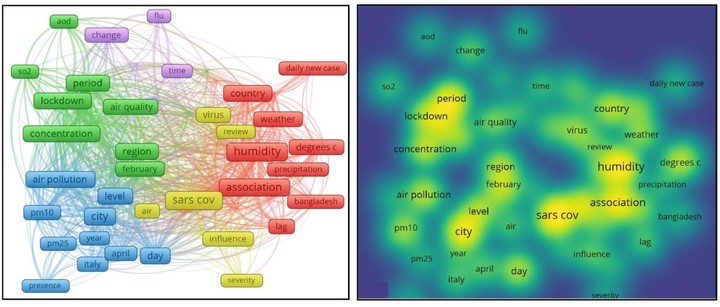The effect of human settlement temperature and humidity on the growth rules of infected and recovered cases of COVID-19

Abstract
This study investigated the impact of humidity and temperature on the spread of COVID-19 (SARS-CoV-2) by statistically comparing modelled pandemic dynamics (daily infection and recovery cases) with daily temperature and humidity of three climate zones (Mainland China, South America, and Africa) from January to August 2020. We modelled the pandemic growth using a simple logistic function to derive information on the viral infection and describe the growth of infected and recovered cases. The results indicate that the infected and recovered cases of the first wave were controlled in China and managed in both South America and Africa. There is a negative correlation between both humidity (r = − 0.21; p = 0.27) and temperature (r = −0.22; p = 0.24) with spread of the virus. Though this study did not fully encompass socio-cultural factors, we recognise that local government responses, general health policies, population density, and transportation could also affect the spread of the virus. The pandemic can be managed better in the second wave if stricter safety protocols are implemented. We urge various units to collaborate strongly and call on countries to adhere to stronger safety protocols in the second wave.
Supplementary notes can be found here.